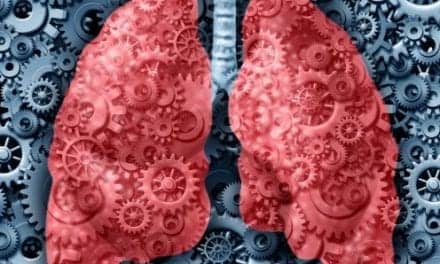A study from The University of Texas Medical Branch (UTMB) at Galveston shows that among older adult patients with COPD, pulmonary rehabilitation (PR) was underutilized despite its health benefits and cost effectiveness. The study, which investigated trends on the use of PR, is the first to describe use of PR among COPD patients in a large, nationally representative sample of US patients, reports Medical Xpress.
“The majority of the economic burden of caring for COPD stems from hospitalization for sudden COPD flare-ups,” explains Shawn Nishi, assistant professor in the Internal Medicine Division of Pulmonary, Critical Care and Sleep Medicine. “As PR is known to reduce COPD-related emergency room visits, hospitalizations and unscheduled doctor visits, PR provides an overall cost-effective management for a health care system.”
The study examined national trends and factors associated with the use of PR in a national sample of more than 33,000 Medicare beneficiaries with COPD between 2003 and 2012. According to Medical Xpress, there was a modest increase in the number of patients enrolling in PR from 2.6% in 2003 to 3.7% in 2012 although overall rates remain low.
The results of the study also showed that the people most likely to receive PR were of younger age, non-Hispanic white race, multiple health issues, higher socioeconomic status, and evaluation by a pulmonary physician. The largest increases in PR use were in people older than 75 years, males, people of black race, people with other health issues and people of higher socioeconomic status, as indicated in the Medical Xpress report.
“Starting in 2015, the Centers for Medicare and Medicaid Services added COPD to the list of conditions subject to penalties for readmissions to the hospital within 30 days after release, Nishi said. “As the health care system shifts from volume- to value-based reimbursement from CMS, it is prudent for health systems to offer hospital- or community-based PR services to its patients with COPD.”
Source: Medical Express










